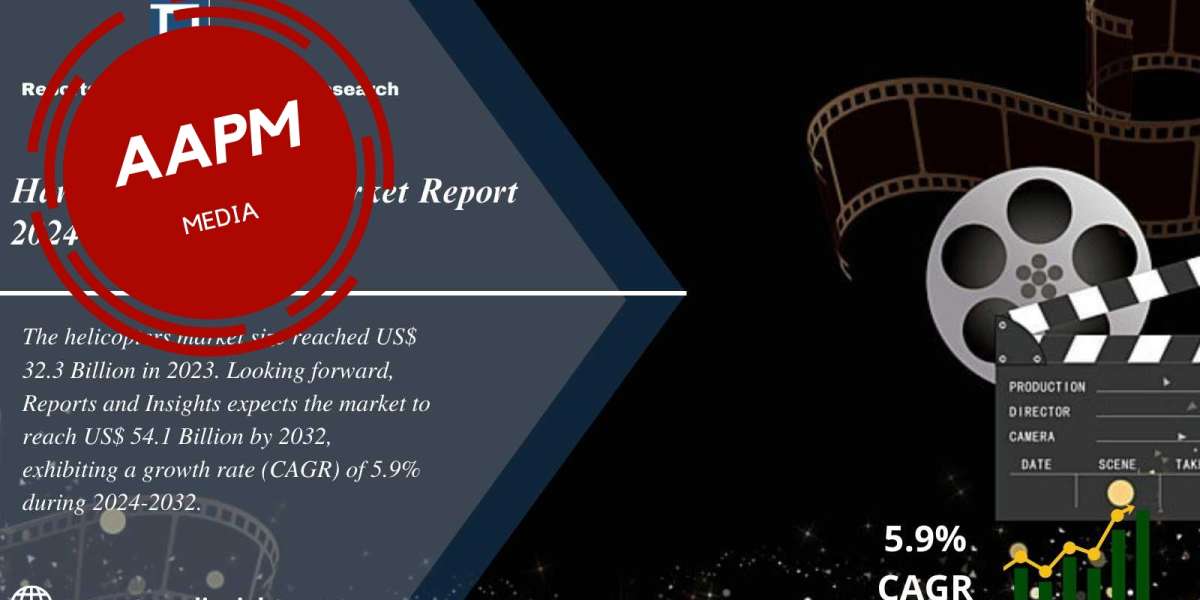A developer’s dashboard serves as a comprehensive central system for displaying the relevant KPIs and metrics for your engineering team. From code quality and deployment frequency to team velocity and bug resolution time, a well-designed developer metrics dashboard offers detailed insights into your teams’ performance, helping to drive continuous growth.
Why do you need a Developer Metrics Dashboard?
In a highly dynamic software world, monitoring the real-time performance of your team is very important. A developer metrics dashboard allows you to,
- Track Progress: Ability to track the progress of developers, teams and projects on a real-time basis.
- Identify Bottlenecks: Identify the constraints or inefficiencies that are connected to the development process and manage to do well by responding to them almost immediately.
- Measure Quality: Be it code coverage, code churn, or technical debt; track these code quality metrics to make sure your codebase remains bug-free.
- Improve Collaboration: Encourage and promote teamwork as well as data transparency by giving everyone access to the same data. This can be easily achieved by implementing DevOps as a Service solution.
- Drive Accountability: Maintain and enforce the accountability of your teammates by setting clear metrics and objectives.
Businesses can consult a reputed DevOps solution provider for leveraging DevOps services alongwith a customized development dashboard to reach their maximum business potential.
[Good Read: The Synergy Of DevOps And FinOps]
Designing Developer Metrics Dashboard
Performing a developer metrics dashboard development success requires proper planning and negotiations. Here are some key steps to help you get started,
- Identify Key Metrics: Begin by picking out the most important metrics that reflect your team’s intentions and aspirations. They could involve measures such as quality of code, efficiency of performance, throughput and team output.
- Choose the Right Tools: Choose a dashboarding tool or platform that fits your team and it should not be a strain when used with your development works and tools. Select the right tool for platform engineering that seamlessly integrates with other tools. When it comes to visibility tools, prominent options include Grafana, Datadog, and self-made solutions constructed using frameworks such as Django or Flask.
- Design for Clarity: Make sure your dashboard is clean and easy to understand by using charts, graphs and tables that are structured clearly and concisely. Ensure that the dashboard remains uncluttered with no less useful or too complicated visualisations.
- Customize for Your Team: Individualise your dashboard to the specific requirements and preferences. Enable users to have personalized views and use triggers to receive alerts, in case of an event or a threshold.
- Iterate and Improve: Continuously monitor and measure the impact of your dashboard and feel free to make those revisions that would make your dashboard more well-functioning. Ask for input from your team members and users to keep your dashboard fresh and tailored to their requirements. You can also implement DevOps as a Service solution to achieve this
You can check more info about: How to Build a Developer Metrics Dashboard?.
- DevOps Company In UAE.
- Cloud Consulting Services.
- AWS Service Provider.
- Managed Kubernetes.
- Security Consulting.
Learn More With Trending Blogs:






